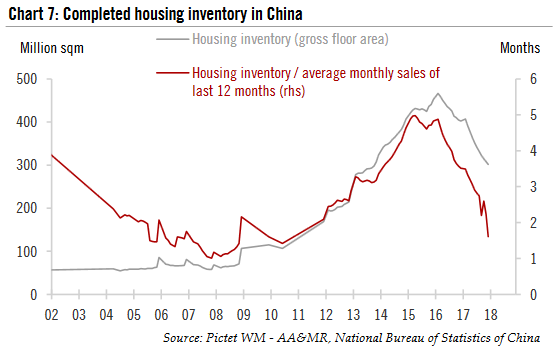STOCKHOLM — Sweden's
Car Group expects stronger earnings and sales this year after the Chinese-owned automaker reached new records on both counts in 2017 thanks to strong demand for a string of new models, particularly in China.
Volvo Cars, bought by Zhejiang Geely Holding Group in 2010, reported on Thursday its fourth straight year of record sales as a revamped, pricier model lineup helped it take on larger rivals such as Daimler's
.
The Gothenburg-based company, one of Sweden's biggest by sales, said operating earnings rose to 14.1 billion Swedish crowns ($1.76 billion) in 2017 from 11.0 billion a year earlier, as revenues climbed 17 percent to 210.9 billion crowns.
After the launch of new SUV models, the mainstay of Volvo's business, and with its first U.S. plant set to begin production later this year, Chief Executive Hakan Samuelsson said the automaker was poised for further growth in 2018.
"We believe we will see another strong year of growth with higher profitability," he told Reuters. "We now have all we need to keep growing and improve our profitability in order to reach the level where we want to be."
"Now, it is all about execution."
After languishing for years under the Ford Motor Co umbrella, Volvo Cars has found a new lease of life under Geely's ownership, investing in a broad overhaul of its models and making rapid inroads the world's biggest auto market, China.
In recent months, Geely has been spreading its net wider, striking a deal to buy an 8 percent stake in truck maker AB Volvo, once the owner of Volvo Cars.
It has also bought shares in Daimler in the hopes of forging an alliance over electric cars technology, sources told Reuters this week.
The implications for Volvo Cars are unclear, but the automaker has taken steps toward an eventual stock listing, raising 5 billion crowns from Swedish institutional investors through the sale of newly issued preference shares just over a year ago.
Samuelsson declined to comment on Geely's reported purchase of Daimler shares, but said opportunities for further co-operation with Gothenburg neighbor AB Volvo might be evaluated by the two firms, while an IPO for Volvo Cars remained an option.
"We run the company as if it was a listed company, and we believe it is good for us to have that transparency," he said.
"As far as a possible IPO is concerned, I know that is an option and a question for the owners Geely Holding to decide."
Volvo Cars has set a goal of reaching sales of 800,000 cars within the next few years.
It sold 571,577 Volvos last year, up 7 percent from 2016, boosted by demand in China, its biggest market, and brisk sales of its new 90-series station wagons and sedans and XC60 SUV.
($1 = 7.9923 Swedish crowns)

